This article takes an in-depth look at the benefits of Nostalgia Marketing and provides examples of how to use it in different types of marketing content. It will be helpful for content writers, business owners, and marketing strategists.
Table of Contents
Introduction
Let’s start with some real-life nostalgia.
When I started my advertising career in the late 90s, the marketing channels we posted for/on were about 1% of the channels we use now.
TV Ads, Billboards, Print Ads (newspaper ads, magazine ads), kiosks, vehicle branding, and that was it.
Then came the World Wide Web and the marketing game changed completely as marketing entered the digital era.
We are virtually experiencing a daily content explosion: static posts, long posts, reels, short videos, and the channels I mentioned before.
Every brand prefers digital campaigns these days.
And why not?
The effects are measurable, consumer behavior is trackable, and it is so much cheaper than the traditional modes of advertising.
You know, what did not change?
The science of marketing itself.
Let me explain this in detail with the help of an example.
What is the science of writing Marketing Content? What is the BRII?
The lifecycle of any marketing content is this:
Step 1: Brief
This is a written document telling you the desired result (brand promotion/product promotion/launch), the product (the product/the service/ the offer), and who they want to sell it to (their target audience/group- the TG).
These three things have to be a part of every brief – what, desired outcome, and the TG.
Suppose we have a hypothetical brief: A company wants to sell water purifiers to urban audiences in India. They are interested in selling the products rather than raising brand awareness at the moment.
Step 2: Research
Analyze the brief, and learn about the product and the market.
Your client has told you they want to sell water purifiers to the urban consumer. Now you need to figure out more about the target group (Target Group).
- What age is this person?
- Are they married?
- How much do they earn?
- What are their pain points?
The clearer you are about the TG, the better you know what triggers to use in your messaging.
But how do you do that? Do you go from door to door asking questions like a government survey?
The top multinational agencies in the world would tell you, that you should do exactly that, albeit in a more sophisticated form. They would insist on a market analysis.
But if you are reading this there are more probabilities you are a one-man/woman agency.
My first mentor in advertising told me marketing is all about common sense.
I have found it to be a very valuable piece of advice.
The entire world is on social media. So is your audience. Look up the reels, and figure out who they are and what makes them tick. The technical term for this is Social Media Listening.
I made a simple Instagram search for “water purifier for urban India.”


In ten minutes I got a sort of idea about what people are watching and searching for in water purifiers.
Step 3: Insights
According to the perfunctory research, the most popular reels on the subject can be categorized into the following few sections:
DIY videos (eg: how to create a water purifier at home): You don’t need to create videos like this to sell water purifiers, but then can you turn it on its head?
The Fear Factor: People are afraid about their and their families’ health.
Step 4: Idea
Can we make content that talks about how DIY water filters are never foolproof and that your brand is a better choice?
Interesting route.
Can we make a reel/ static ad about how X% of Indians living in cities suffer from water-borne diseases?
Definitely.
So this is the golden mantra of marketing: The BRII
Brief, Research, Insight, Idea.
After this brief guide on how to go about creating any piece of content, now we can come to what I am here to tell you about.
Nostalgia Marketing
So, what is nostalgia?
Is it a time? Or a place? Or a person? Maybe a day?
Instead, it is a mixed feeling of hankering, craving, and yet resignation to the past, a fleeting moment of warmth, bittersweet in its transience.
“Nostalgia” the term was first coined by a Swiss medical student, Johannes Hofer, combining the Greek words nóstos, meaning homecoming, and álgos, meaning pain, in 1688.
The term was first used to describe the homesickness felt by Swiss mercenary soldiers fighting for and on, foreign lands. At first Military Physicians thought it was a disease. But the distinctive feeling or hankering for the home, home-like, and homeland, was later identified as a perfectly natural and even positive emotion.
And this particular emotion is an extremely potent marketing tool.
If you are an Indian in your early 30’s to mid 40’s, at least once you have hankered for “ maa ke haat ka khana” if you stay away from home, the same khana you probably were completely indifferent to when you were at home.
This is not something as simple as you actually missing the taste, it is something much deeper.
This is nostalgia.
The longing for a specific time when life was simpler and happier.
Any content creator who can tap into it can earn crores for relevant brands.
This Maa ke Haath ka Khana creative route is what Fortune cooking oil leveraged in their popular TV campaign #GharKaSwad.
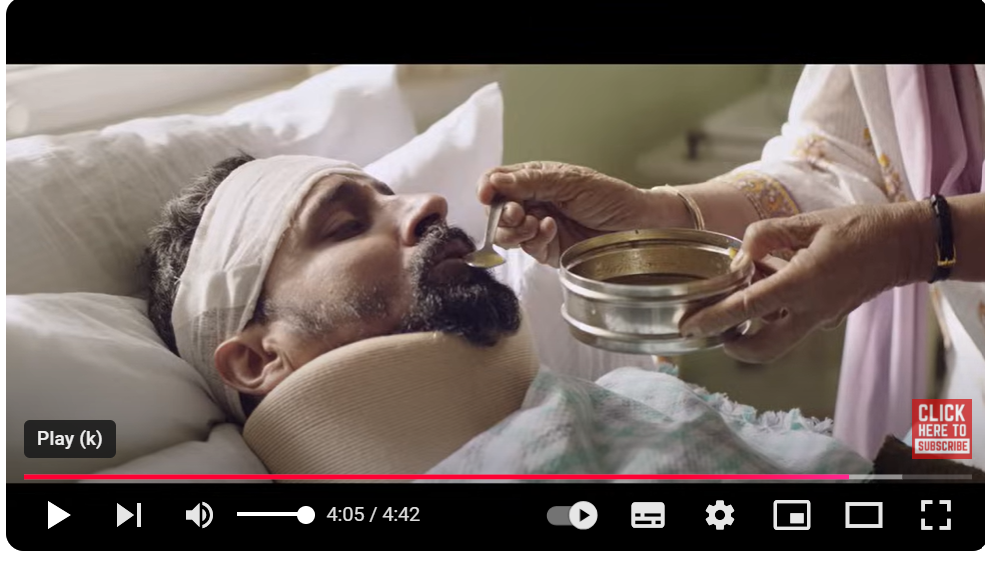
No one who has seen it has been able to forget it. The commercial has garnered 3.7 M views on YouTube alone.
Remember, this was ten years back and mainly made for Television.
Can you imagine the value of something so powerful?
How much leverage can an old and established brand saying “We uphold the lineage” or a new brand saying “Oh you have seen us before” gain from it?
But then, why isn’t everyone doing it?
According to a study by Kantar only 3% of the ads stored in its Linked ad testing database of over 250,000 ads, use nostalgia in their marketing strategy.
The same study reveals another vital piece of information. Certain product categories prefer nostalgia marketing more than others. Products that use sentimentality as their marketing hook tend to use Nostalgia Marketing more, like baby products, food, etc.
While cleaners, laundry products, and apparel use them much less.
Two simple reasons why most brands shy away from Nostalgia Marketing:
- It does not go well with all products. Say a plumbing or a manufacturing company for instance, or anything to do with infrastructure or infratech. The tech-heavy brands can still go down the nostalgia route once in a blue moon, but for them appearing modern is appearing reliable.
- It is very difficult to properly execute. Nostalgia Marketing can look like a caricature or fake if not done right.
How Nostalgia Relates to Marketing
Nostalgia is something that everyone has felt at least once in their lifetimes. It acts as an anchor in times of stress. This warm and cocoon-like feeling is triggered by sounds, smells, and images that remind us of “ home”.
Used judiciously it is an excellent marketing strategy because it can be triggered by familiar sights, sounds, and other sensory elements when relevant to a specific Target Group (TG).
Most famous examples of Nostalgia Marketing
Disney
Not only Disney relaunches its classic films in different formats like the recent live-action formats but Disney theme parks are often publicized as the “most nostalgic place” on earth.
Children grow up with vacations in Disney Parks as their favorite childhood memories. This means generations of repeat customers and moviegoers for the brand.
Stranger Things
Netflix’s Stranger Things is a favorite with fantasy lovers among the OTT audience and one of the most popular shows on the platform.
The show was launched in 2019 and since then has made about $378 million worldwide.
Duffer Brothers, creators of the show, give the credit for the inception of the show to ‘80s pop culture entirely. From sets to the storytelling style of Stephen King to the color and BGM ( Back Ground Music), to marketing, everything about the show evokes ‘80s nostalgia.
Take a look at this advertisement for instance, even if you have not seen the series.
Nintendo
Nintendo, the gaming company, is a master of nostalgia marketing. The brand continuously incorporates familiar music, imagery, and visual cues of old games into its marketing communication.
This is how they launched their NSE mini in 2013, a replica of the original gaming console.


On specific days we have all seen Google change its Doodle to pay homage to specific incidents, past cultural trends, historical figures, etc. It has gotten nostalgia marketing down to a tee.
This Pacman one, for example, brought back so many memories of computer games and video parlors for people of a certain age across race, location, gender, and anything else you can think of.
The only unifying theme?
Age and the shared cultural memory of playing a specific video game.
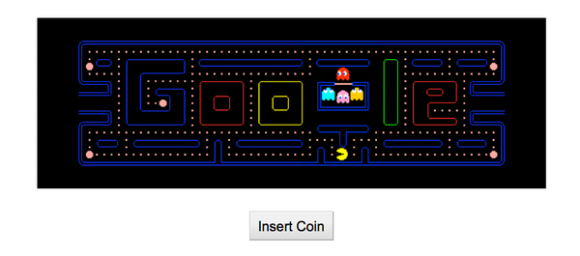
BuzzFeed
It has become impossible to scroll through social media without coming across BuzzFeed articles.
They are everywhere.
The same BuzzFeed now has an entire category page devoted to ‘90s nostalgia.
Clearly you cannot ignore nostalgia if you are creating for the web audience.
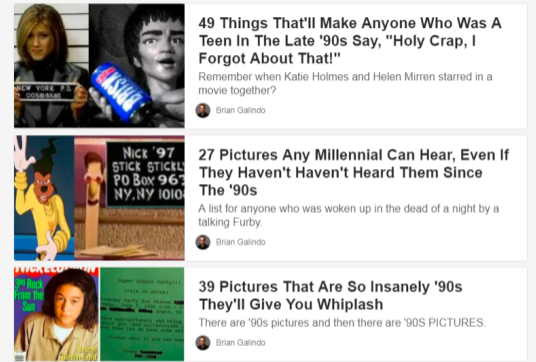
Galaxy
In 2013, Galaxy Chocolate launched an advertisement with the ethereal yesteryear diva Audrey Hepburn, leveraging memories of Hollywood’s golden era, but with a twist.
The ad featured the timeless classic song “Moon River” from Breakfast at Tiffany’s (1961). So the ad managed to tap into feelings of genuine nostalgia for an older generation and presented a romantic view of the past for the younger generation.
It also worked very well with the premium positioning of the brand i.e. Galaxy Chocolate.

Look at the number of views for an ad shot 11 years ago.
How to create Nostalgia in emails/blogs/ ad copy, reel scripts
Here are the key steps to infuse your marketing content with Nostalgia.
First: Establish the match between the brand and the nostalgic hook
Remember nostalgia marketing works best for baby food, food, lifestyle, FMCG, skincare products, and such. It is less likely to work for :
a) Infrastructure & Allied industries: Construction, manufacturing, oil, plumbing, health care – in short anywhere we need modern technology and therefore the language, style and tone of the marketing content have to be modernistic.
b) Tech and Allied Industries: SaaS, Software, Electronics etc. where a futuristic tone is needed in marketing content.
Second: Know your audience
Want to create nostalgia?
– Fine.
But who are you creating nostalgia for? People of different eras, cultures, and locations feel nostalgic about a certain time specific to those cultures, locations, and things.
For example, if you want to do nostalgia marketing for Gen X in America, the language, tone, and imagery have to be very different from the nostalgic content you create for Gen X in India.
Even within the same culture, there can be region-specific differences.
Remember those reels that go “only 90’s kids will understand” which gather views by crores, those digital creators/social media will have a separate reel about ” problems millennials face”, but they will never mix up the audience.
This is crucial for all marketing content btw if you do not know who you are talking to, your messaging is lost in a black void, reaching nobody.
So research thoroughly and identify your TG by their demographic and shared cultural experiences and identify the most popular trendy pop culture phenomena from that era.
Third: Lean heavily on Social Media
You can leverage Social Media Listening for research as well as to find out the pop culture trends that use social media extensively. Remember we talked about Buzzfeed a while back?
There are several similar sites like BoredPanda etc. that you can dip into to research past trends and what your specific audience identifies as the “Golden Era.” Instagram, Facebook, LinkedIn, X, and common sense are all the tools you are going to need here. TikTok is also an excellent platform for bringing back nostalgic trends in dance moves, apparel, hair styles etc.
Fourth: Use seasonal triggers
Festivals are times when everyone feels nostalgic, across cultures and geographical boundaries. To give an example, every year around Christmas, the granddaddy of soft drink brands, Coca-Cola, plays on this by creating a special campaign for Christmas.

This is this year’s ad, already hugely popular across the internet.
Remember, people feel especially nostalgic around popular festivals, all over the world.
Fifth: Use wide themes
Some universal triggers bring back happy memories across cultures and generations, like landing your first job, marriage, falling in love for the first time, and this list goes on.
These are happy, memorable, special moments across cultures, languages, or geographical locations but the nuances are different.
Suppose you are doing email marketing for an Ice cream brand and you start like this
“ Hello, remember that special person you had a crush on, in seventh standard …”
and go on to build a successful connection with that simple happiness and the Ice cream brand you are selling, it has almost a 100% chance of working.
How to craft different types of content for Nostalgia Marketing
Let me give you an example. Let’s follow the BRII.
Let’s assume an NRI businessman wants to sell diyas or lamps, to the Indian diaspora for the upcoming Diwali celebrations.
Decipher it. Let’s see how our BRII fares in this case.
Brief:
What: Diyas
Who: Indians everywhere especially the nonresident ones.
Purpose: To sell diyas
How do you do that?
What do we know about them? NRIs celebrating Diwali?
- We know they hold on to their roots
- We know they miss home
- We know Diwali is a big deal for them
In other words, the perfect consumer for nostalgia marketing. Let’s not forget the first Indian iconic popular culture NRI figure was all about nostalgia.
Remember the formidable “Babuji” from the cult classic Hindi film “Dilwale Dulhania Le Jayenge?”
A character who lived in London and hankered for his beloved India every day.
So the alignment of both the brand and the audience with Nostalgia Marketing is established.
On to the next step.
Research
Back to Instagram:
I looked for Diwali nostalgia, see what I found.
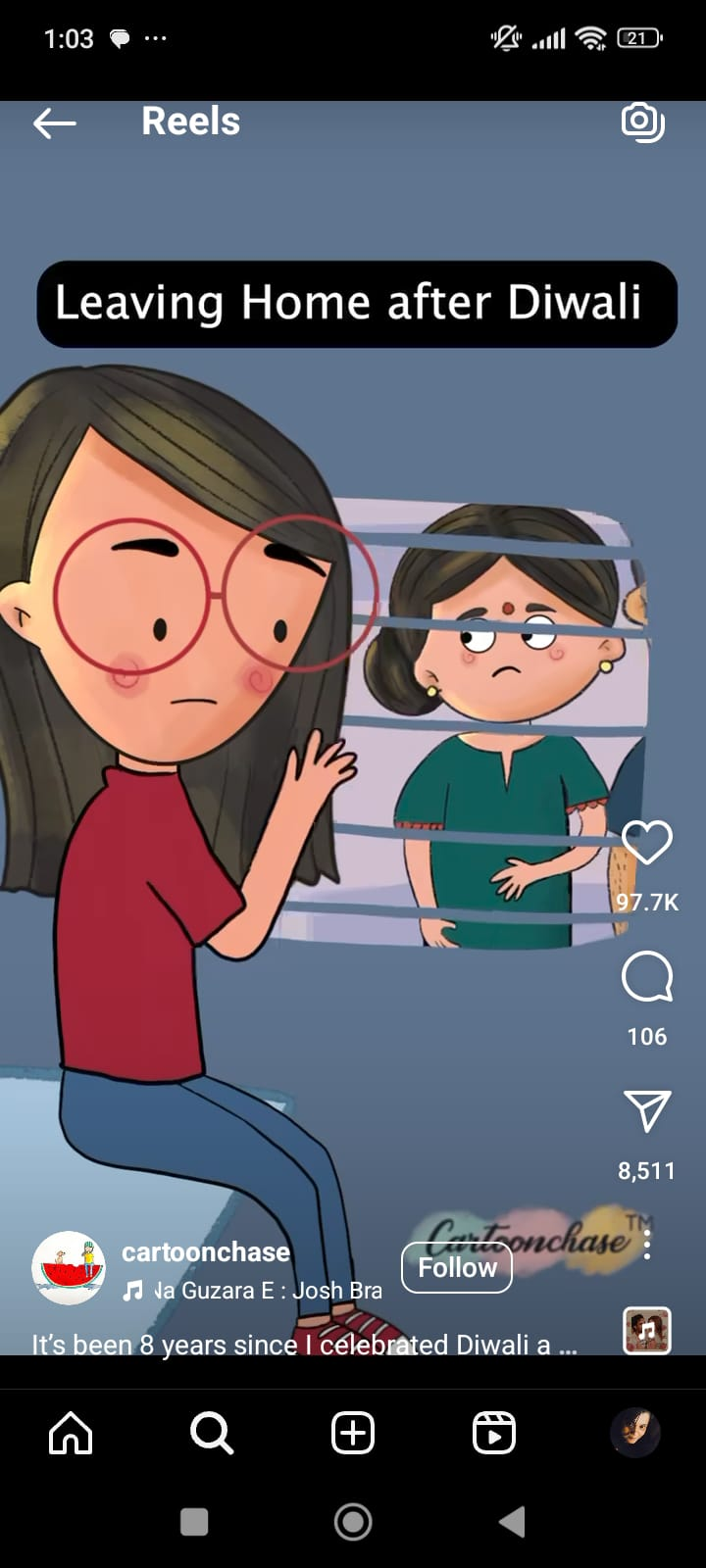


Insight
- Your TG is homesick
- This hits its peak when they are in a foreign land missing out on a shared festival celebrated in their homeland
- More than anything they miss their families during this festival
Idea
Then if you can connect the warm nostalgic feeling of their childhood with these diyas you have a campaign.
For example, can you create a campaign around how you can transport yourself to those magical days of your childhood this Diwali, by simply lighting a Diya made by someone from your homeland?
Now if you have to write a long-form content like a blog/ email around this basic idea how would you do it?
Use nostalgia as a hook, something to draw your audience in and build a connection.
Example of an emailer
Subject Line: Light up your home with the radiance of warmth this Diwali!
Header: Let there be light…in your homes and hearts!
Body: Hi, the countdown to Diwali has already started.
Do you remember how it felt? The soft hum of prayer chants, the laughter interjected with inevitable debates and squabbles, the aroma of desi ghee ke laddoo?
We all, every family, and each person is connected with an invisible string of lights that we celebrate on this occasion.
Our hand-crafted, premium Diyas are not just lights—they are pieces of memories from our glorious motherland! Lovingly made to help you recreate the magic of your childhood Diwali.
These diyas will transform your homes with their fragrance that reminds you of home and the flickering lights that will transport you to your childhood.
This Diwali, let’s light up not just homes but hearts with traditions and everlasting memories.
CTA: [Link to Explore the Collection]
Example of Ad Copy
Use it to sell a definite proposition, for example, traditions. Our research suggested that the audience missed the traditions of India.
Here is the entire essence of the Diwali traditions, crafted into an ad copy.
Headline: Let your hearts feel up with warmth and your faces shine with smiles.
Body Copy: No matter where we are, how far from our homelands, how many miles separating us, every Indian carries a piece of our glorious nation in our hearts.
This Diwali, let the flicker of a Diya transport you back to the heart of home—where evenings shimmered with golden light, the laughter of loved ones echoed.
Each hand-crafted Diya is more than just an ornament – it’s a piece of India’s heritage, a whisper of traditions passed down through generations, and a spark of the memories that make Diwali so special.
Across oceans and time zones, these Diyas remind us, that no matter where we are, we carry our homelands with us.
CTA: Explore our beautiful Diya collection in the first comment.
Example of Reel Script
Research and find out the most popular symbols of your specific target group’s social era. Edit it using any of the free AI tools. Remember, more authentic and relatable symbols/footage ensure better views!
Here is a script for a 5-second Diwali Reel (Nostalgic Version):
Opening:
Visual: A child’s hand lighting a clay Diya, followed by a warm close-up of the flame flickering.
Text on Screen: “Remember the glow of home? Something tugs at our heartstrings at this time of the year.”
Middle:
Visual: A balcony decked with diya with a family standing on it/ children making rangolis with a diya in the middle. Put it in the sepia tone to create a feeling of nostalgia.
The transition from the diya to another one lit in the living room of an NRI. We can see snow outside the window to indicate that it is not India.
Text on Screen: Traditions stay in our hearts, no matter where we stay.
Closing:
Visual: A Diya glowing by a window with a foreign city skyline in the background, while a voice softly says, “Happy Diwali.”
Text on Screen with Logo: “Let’s bring India home, with light, laughter, and lovely memories. Shop now.”
Here are suggestive visuals you can get from Pinterest to use as reference visuals of the reel:
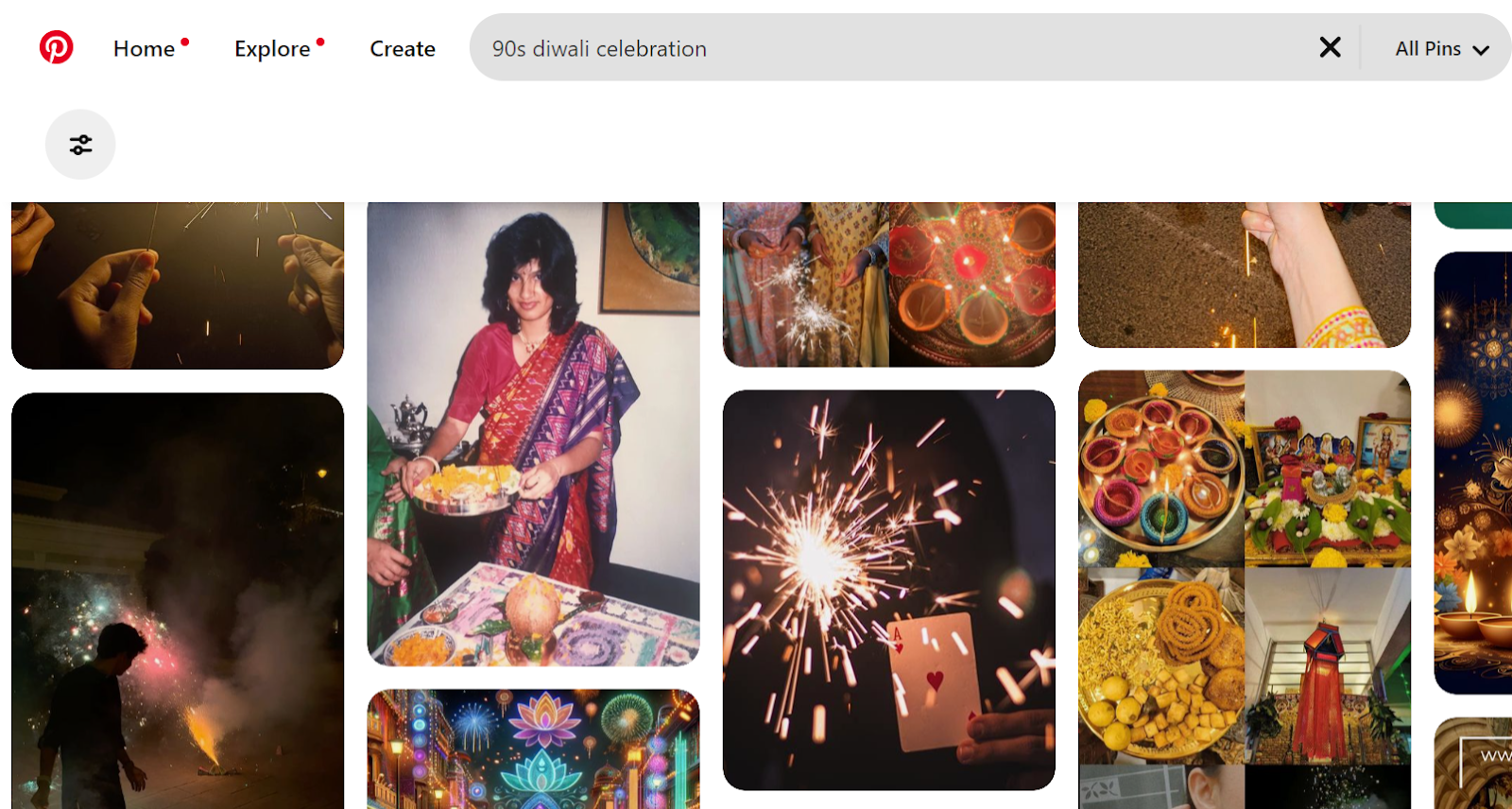
Remember these points while writing Nostalgic Content:
- Use words like “remember”, “revisit”, and “ past memories”.
- Write a scenario with as many sensory triggers as possible like old songs, familiar smells etc.
- Highlight the pleasant memories.
- Use first person as much as possible to forge a deeper connection.
Avoid these: When does Nostalgia Marketing backfire
- If it seems fake. Authenticity is the key to nostalgia marketing. Nothing breaks an illusion more than an incorrect detail. Here again, research is the key.
- If it does not align with the brand value for which it is creating the marketing.
- If it seems forced or gimmicky and does not use nostalgia to sell a new-age product/service
- If it does not reach the new age audience who are online most of the time
- If it is not relevant to the new age audience (another reason for using wider themes.)
Drive with Data
There are now tools like Buzzsumo, Semrush, Aref which will help you understand the correct time for posting or starting your campaign.
I prefer Google Trends because of the following reasons:
- It is free
- It is reliable
- It gives you specific filters to see how your content is doing in specific regions and dates.
If I search ‘Diwali Vibes”.

It gives me results like this.
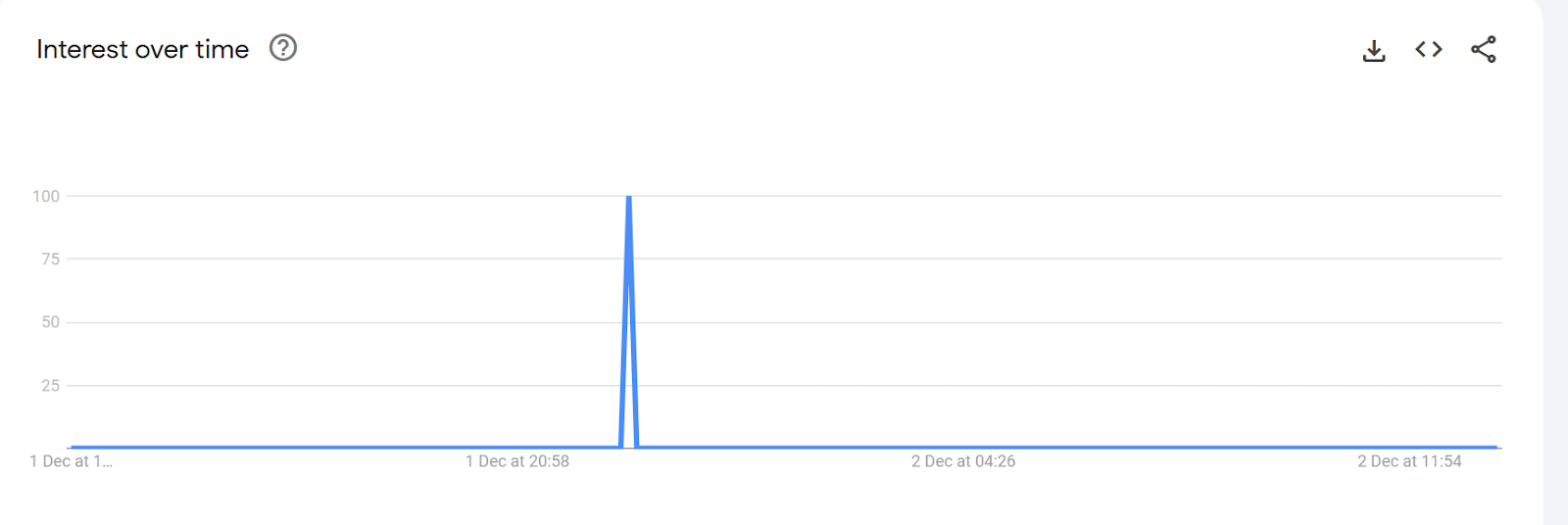
I know the peak interest is around 1st October.
This year Diwali was celebrated on 31st October. So the interest peaked at the beginning of the month.
Any guesses when you should have ideally started your digital campaign for the diyas?
You don’t need content analyzing tools to do nostalgic marketing but they are useful for:
- Giving you data on consumer behavior on a specific topic
- Convincing your client
Conclusion
Nostalgia Marketing is the philosopher’s stone which, if aligned with the brand and audience, can work magic and increase revenue for any brand.
Frequently Asked Questions:
- Can small businesses implement nostalgia marketing on a budget?
Since nostalgia is a hook of content creation, it is especially effective for small businesses that need to generate ROI on a shoestring budget. Small businesses can use nostalgia marketing in social media and create blogs and resources based on nostalgia.
- What types of content are most effective for evoking nostalgia?
Nostalgia marketing is adaptable to all forms of content like email marketing, social media static/video reels etc.
- Why is the time now right for Nostalgia marketing?
With the advent of social media, geographical boundaries between consumer groups are slowly obliterated and fandom or shared cultural activities like watching a show or playing a video game have spread across the globe. All this makes it easy to use nostalgia marketing on a globally expanding consumer group.
- How do I determine which nostalgic elements resonate with my audience?
By conducting a thorough research of the audience, their culture, and traditions to understand what they identify, as a culture, as “ happy memories”.
- What are the future trends in Nostalgia Marketing?
More and more AI, social media AR, and VR for immersive nostalgic experiences would be used in Nostalgia Marketing.
- How can AI be used in Nostalgia Marketing?
With the advancement of AI tools, Nostalgia Marketing is now easier to predict and incorporate into marketing techniques with data-driven insights, personalization at scale, and predictions of nostalgic trends.
- How can I identify the right audience for Nostalgia Marketing?
It is important to identify the right audience because different kinds of nostalgic triggers work on different kinds of audiences. For this, it is important to segment the audience into generational segments and leverage social media listening to understand their demographics and shared personal or cultural experiences.
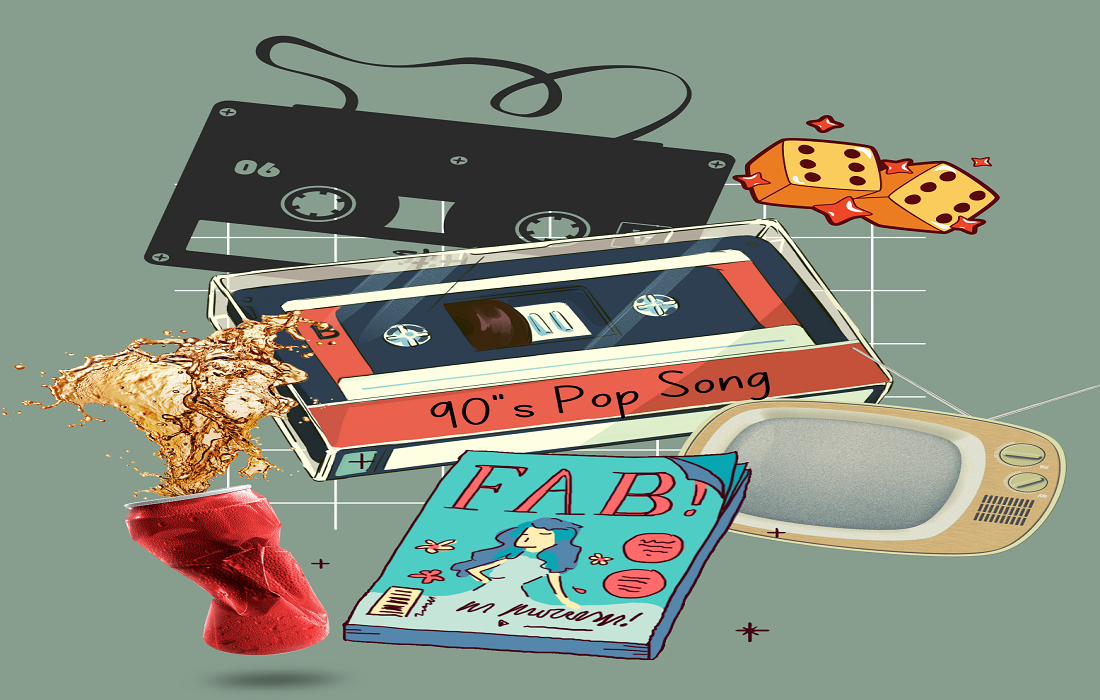
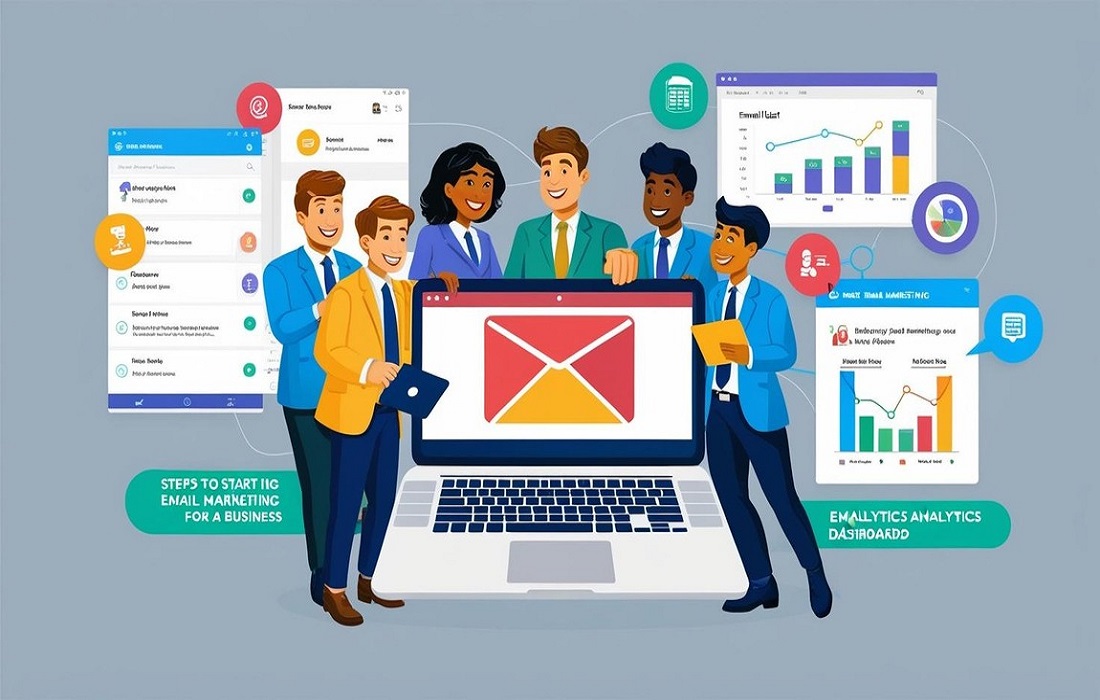
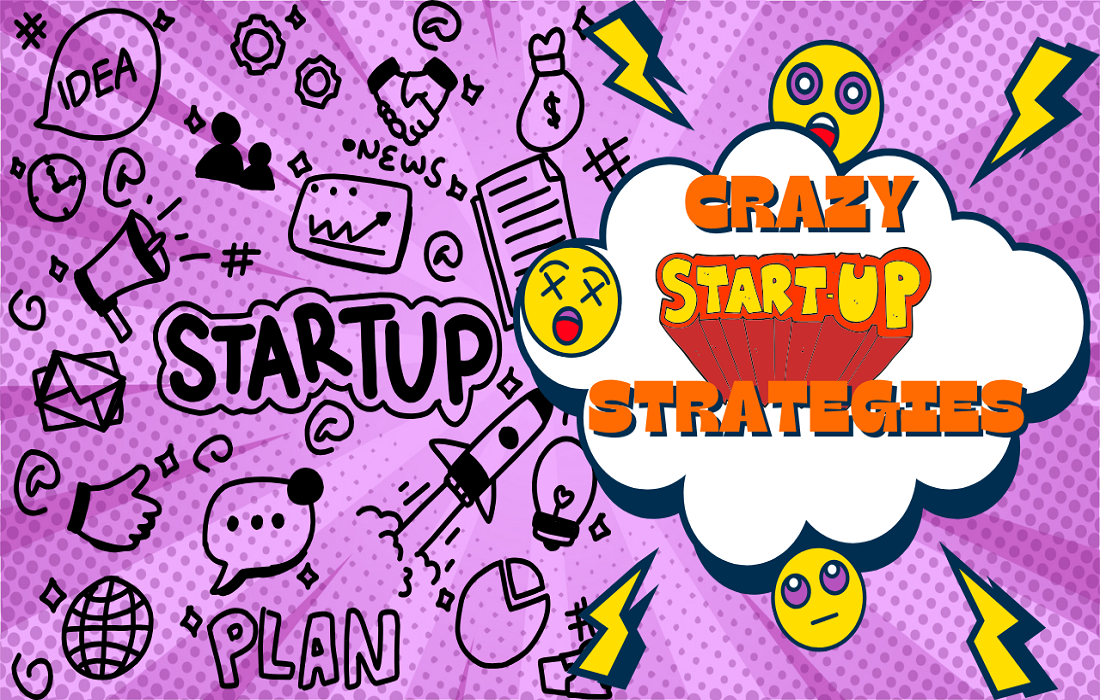

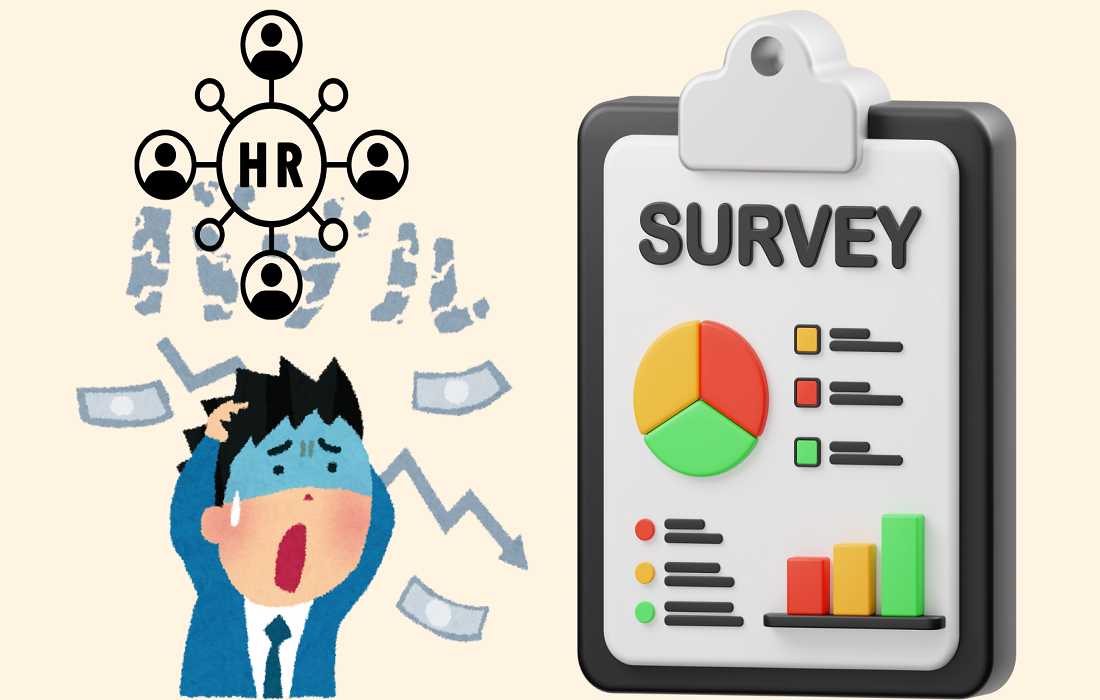


Leave a Reply